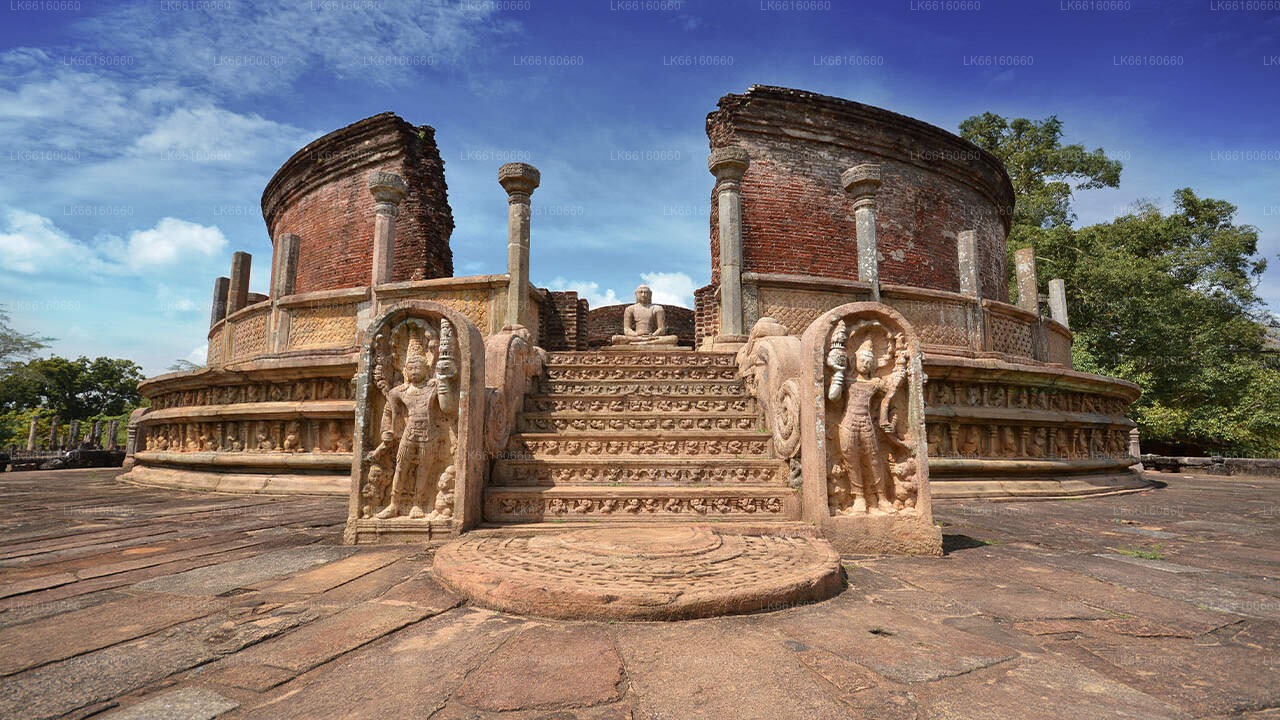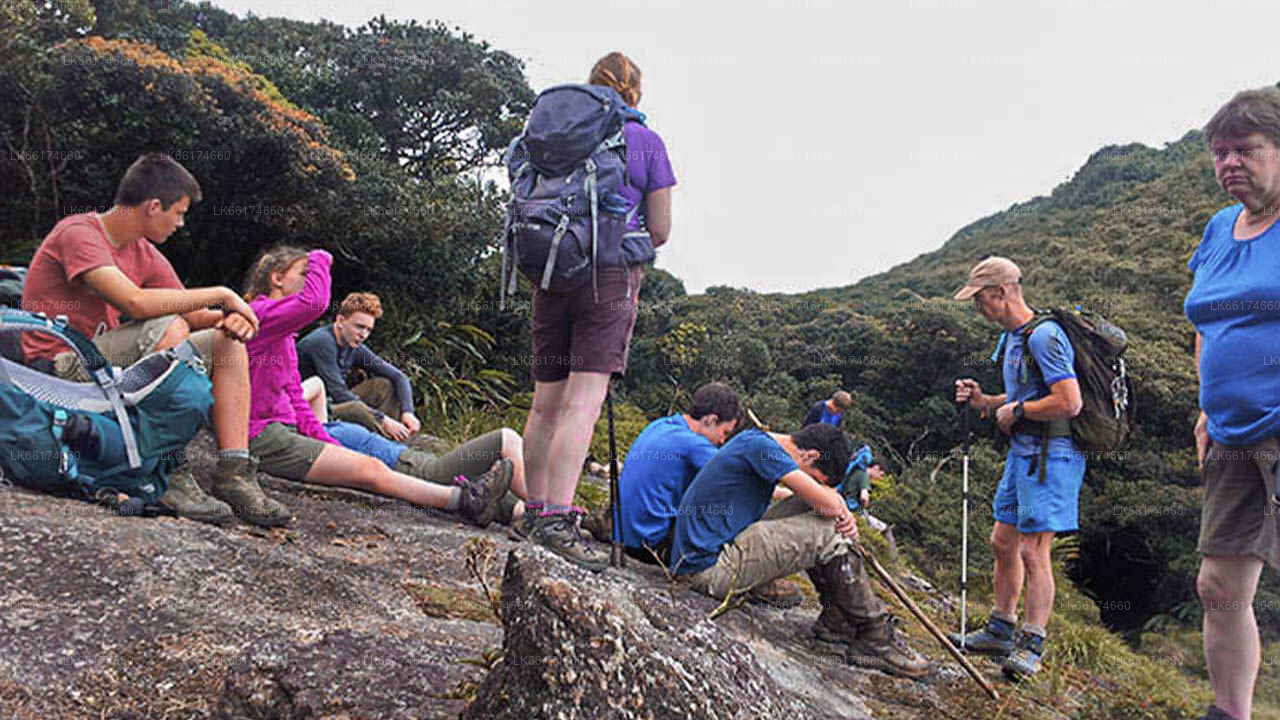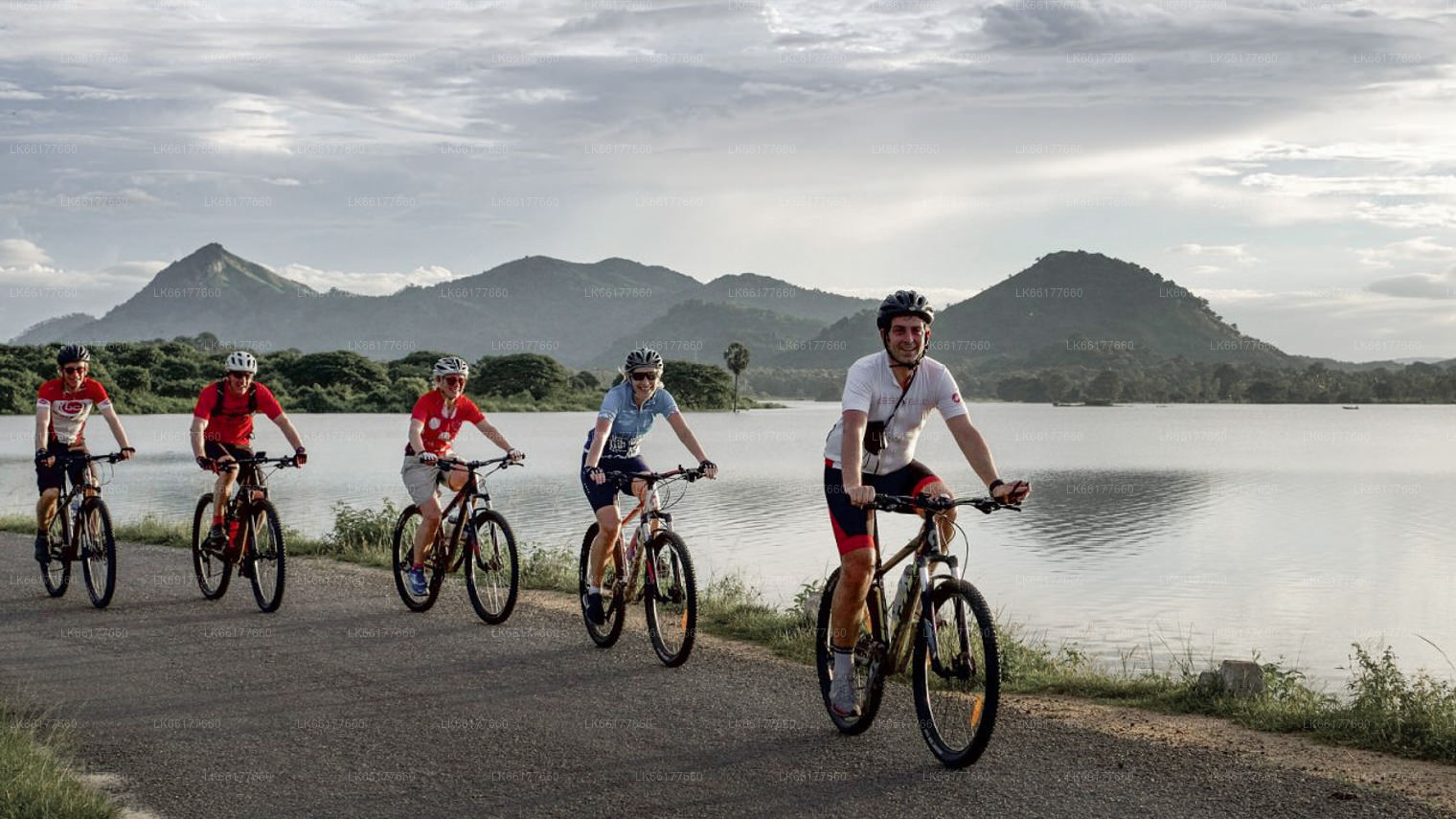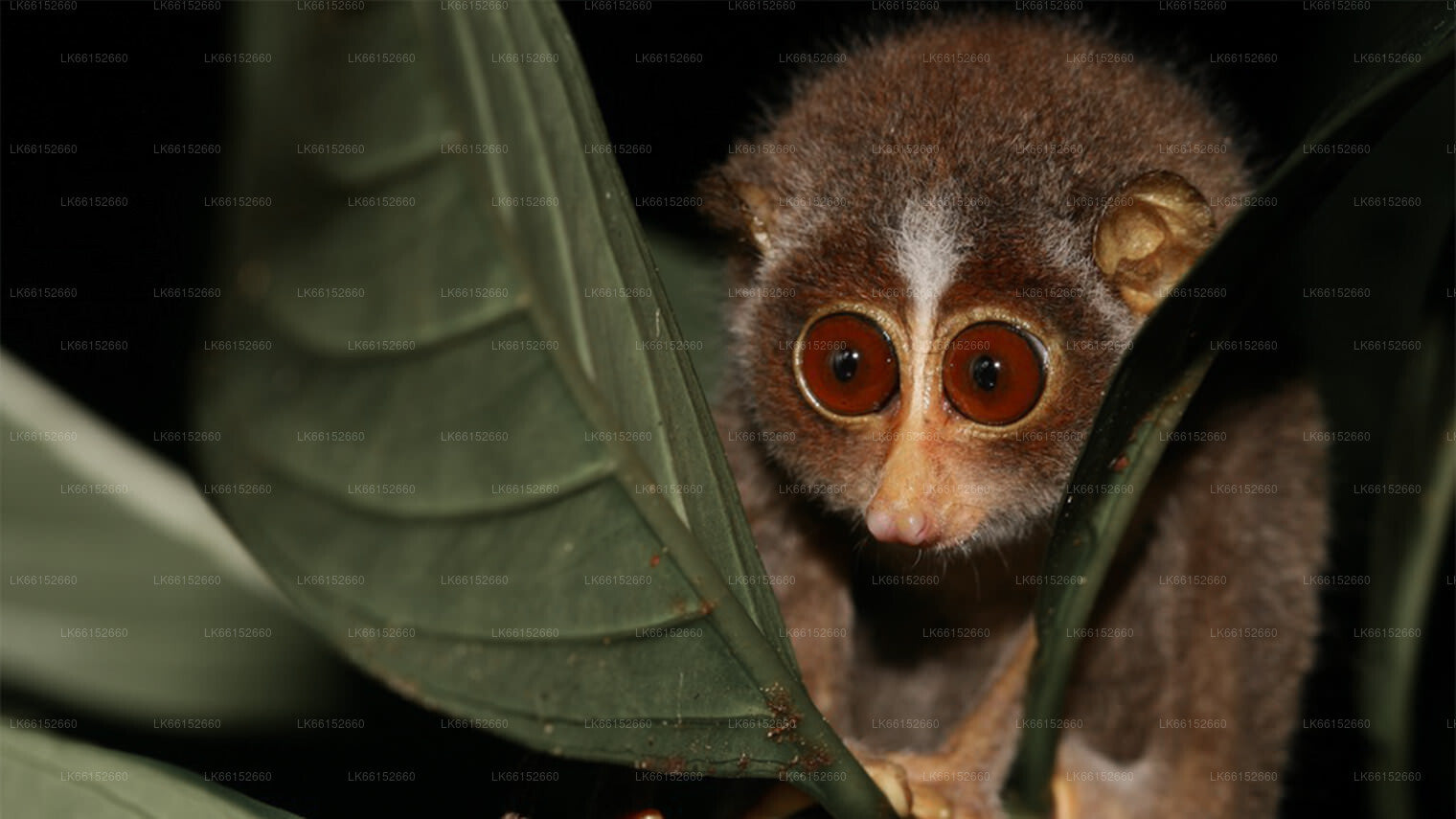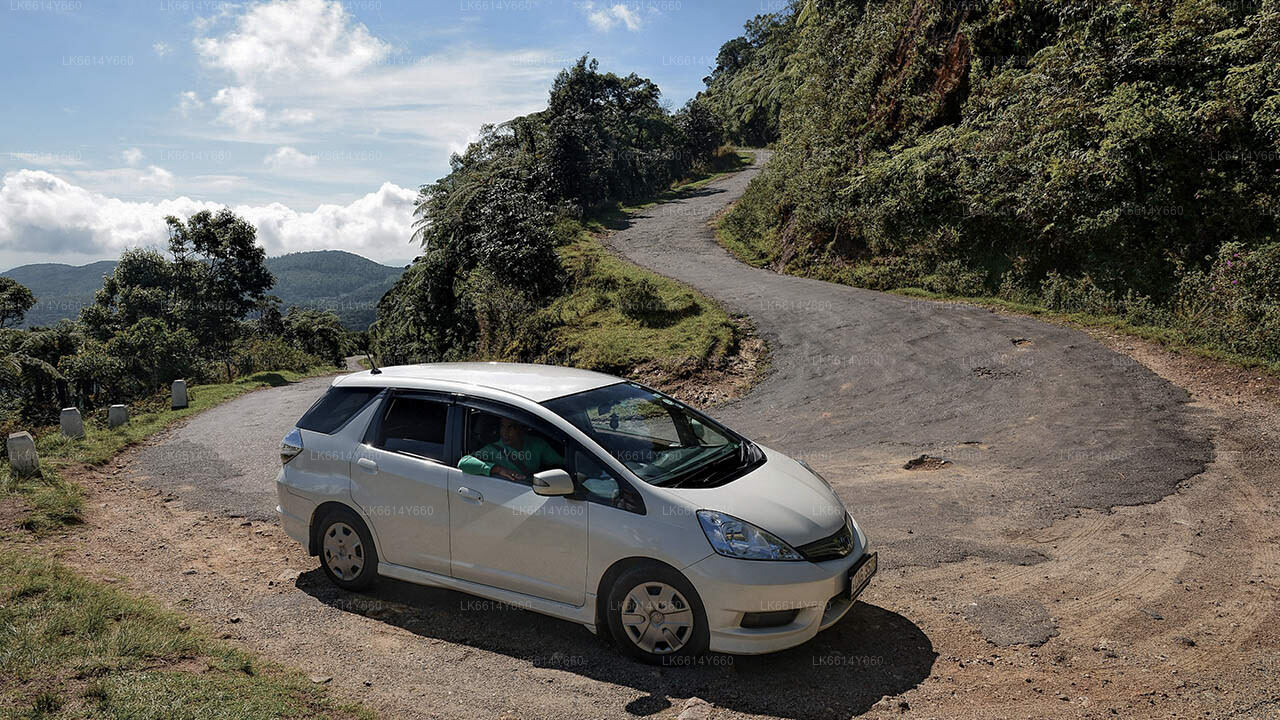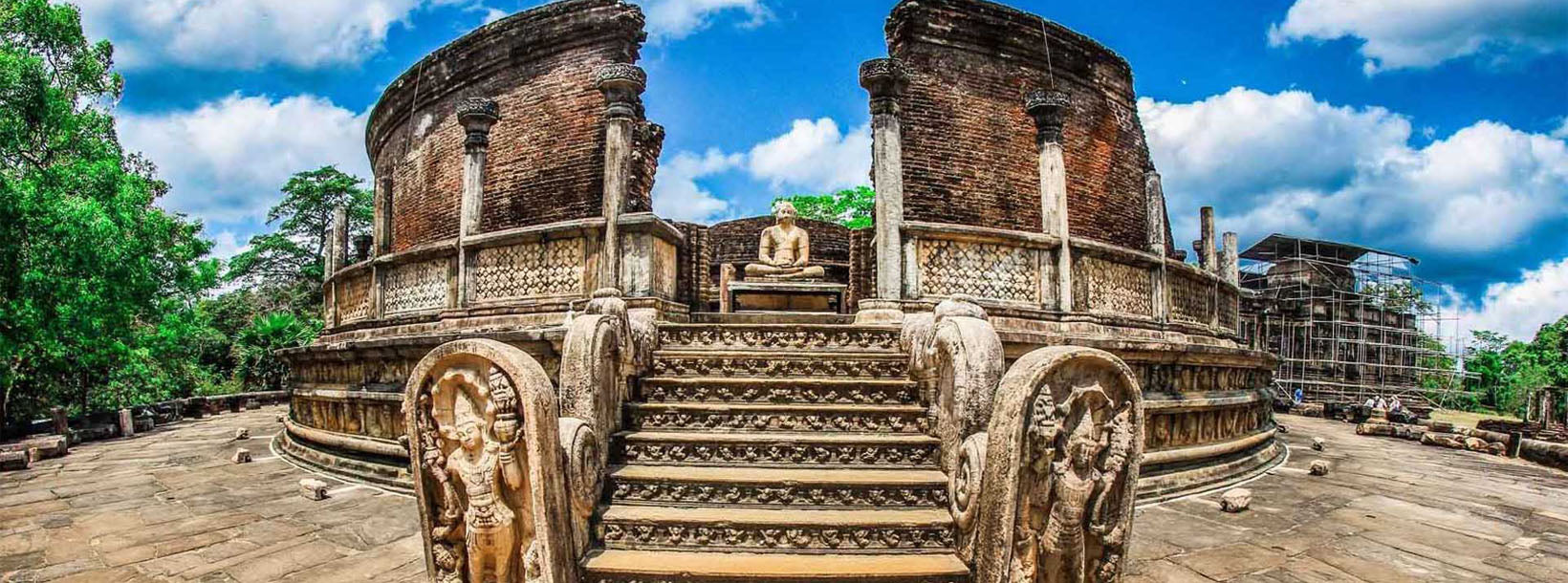
Polonnaruwa City
Polonnaruwa, a UNESCO World Heritage Site in Sri Lanka, was the country's medieval capital (11th-13th century). Renowned for its well-preserved ruins, including the iconic Gal Vihara statues, it showcases impressive architecture, reflecting the grandeur of the ancient Sinhalese civilization.
Rankoth Vehera
Rankoth Vehera is a large ancient stupa located in the historic city of Polonnaruwa, Sri Lanka. Built by King Nissanka Malla between 1187 and 1196, it is one of the most significant Buddhist monuments in the Polonnaruwa period. Its name means “Stupa with the Golden Pinnacle,” reflecting its historical original design and spiritual importance.
The stupa is constructed entirely of brick and originally had a much greater height than it does today. Its base has a circumference of approximately 550 feet and it stands about 108 feet tall in its present state. Rankoth Vehera includes four large vahalkadas (ornate ritual platforms) aligned with the cardinal directions and sits on a large square terrace.
Visitors to Rankoth Vehera can walk along the terrace entrances, observe the brick craftsmanship and architectural style, and reflect on the stupa’s resemblance to Ruwanwelisaya in Anuradhapura. The site encourages quiet contemplation and offers views of the archaeological surroundings in Polonnaruwa. Guided tours are often available, explaining its history, inscriptions, and religious function.
Accessible year-round, the best time to visit Rankoth Vehera is during the dry season when paths are firm and visibility is clear. It is situated in the Polonnaruwa Ancient City, which is well connected by road and public transport. Entry to the archaeological park where Rankoth Vehera is located usually involves an admission fee and opening hours during daylight.
About Polonnaruwa District
Polonnaruwa is the 2nd largest city in north central province in Sri Lanka. The ancient city of Polonnaruwa has been declared a World Heritage site by UNESCO Polonnaruwa has a great history of conquest and struggle behind it and rightfully forms the third element in the Cultural Triangle. Located about 140 kms north east from Kandy,Polonnaruwa offers hours of endless pleasure for history and culture lovers, as there are numerous sights of significance.
Much of the physical ruins standing today are credited to King Parakrama Bahu I who spent many royal resources on town planning, including parks, edifices, irrigation systems and so on. The period of his rule is considered a golden age where the kingdom thrived and prospered under a visionary ruler. The Parakrama Samudra is a mammoth tank and named after its patron. The popular kings Royal Palace, the Audience Hall encircled by beautifully carved stone elephants and the Bathing Pool reflect the superior engineering capabilities of the time.
About North Central Province
North Central Province which is the largest province in the country covered 16% of total country's land area. North Central Province consist two districts called Polonnaruwa and Anuradhapure. Anuradhapura is the largest district in Sri Lanka. Its area is 7,128 km².
North Central Province has numerous potentials for Investors to start their Businesses, especially Agriculture, agro based industries and Livestock sectors. More than 65% of North Central Province's people depend on basic Agriculture and agro base industries. NCP also called "Wew Bendi Rajje" because there are more than 3,000 medium and large scale tanks situated in the province. Sri maha bodiya, Ruwanweli seya, Thuparama dageba, Abayagiri Monastry, Polonnaruwa Rankot wehera, Lankathilake are scared









